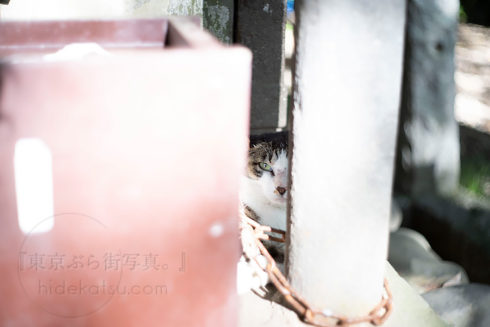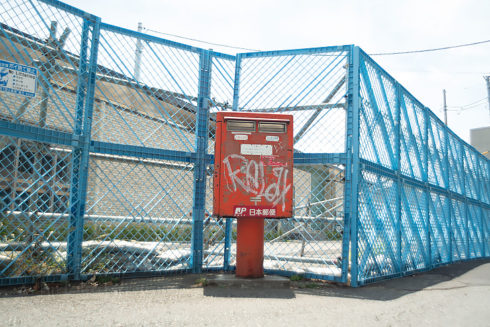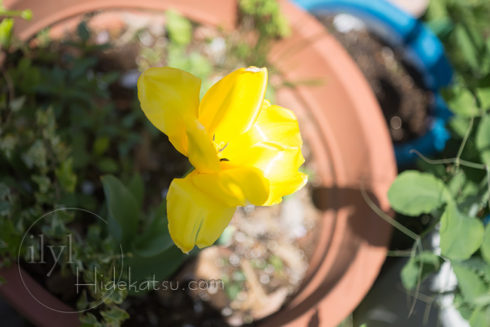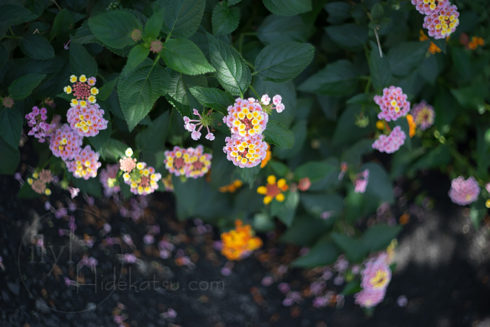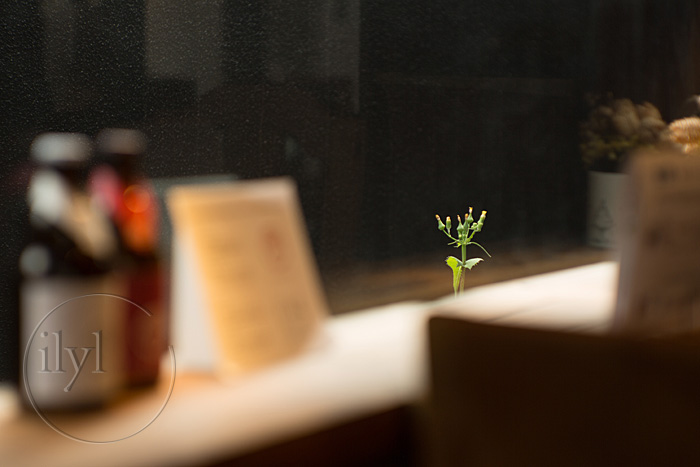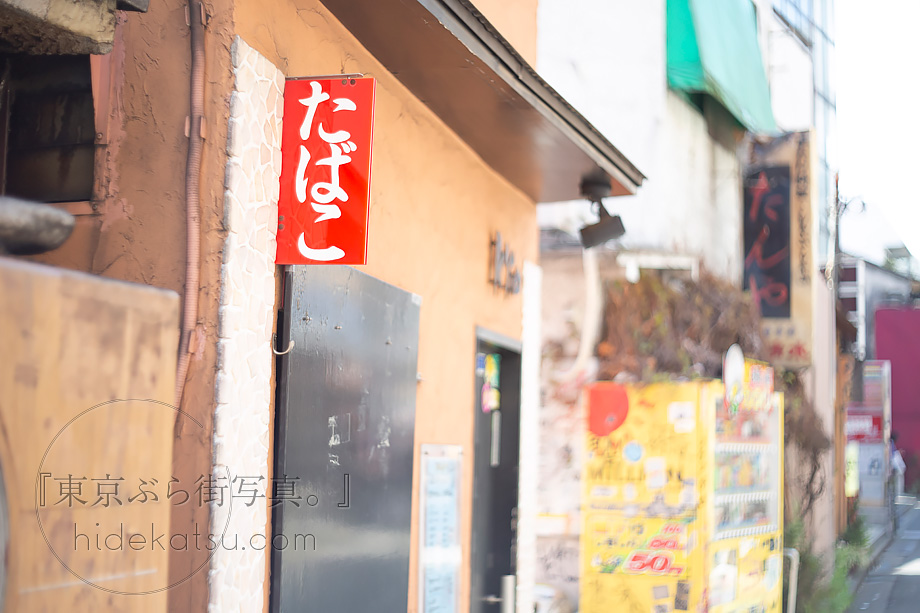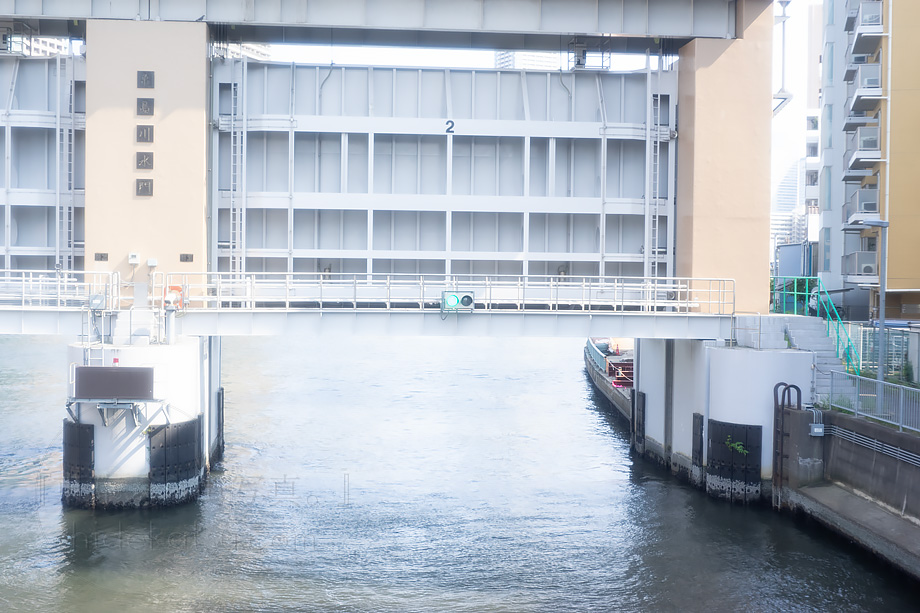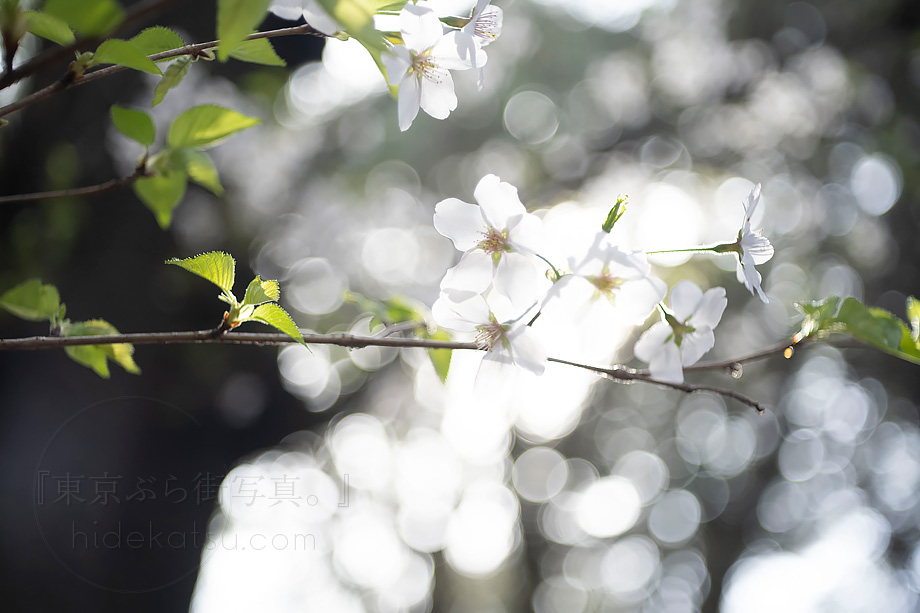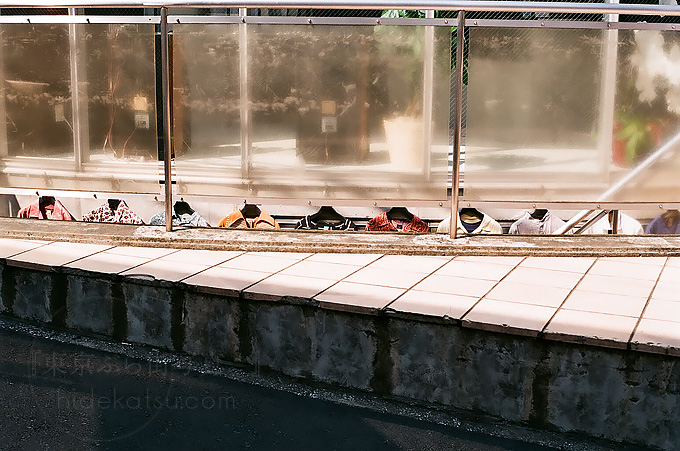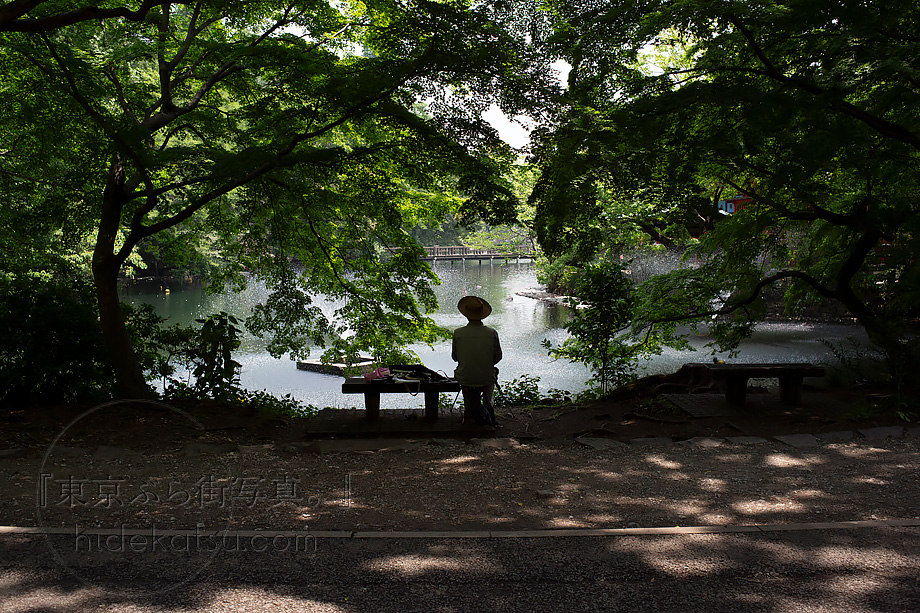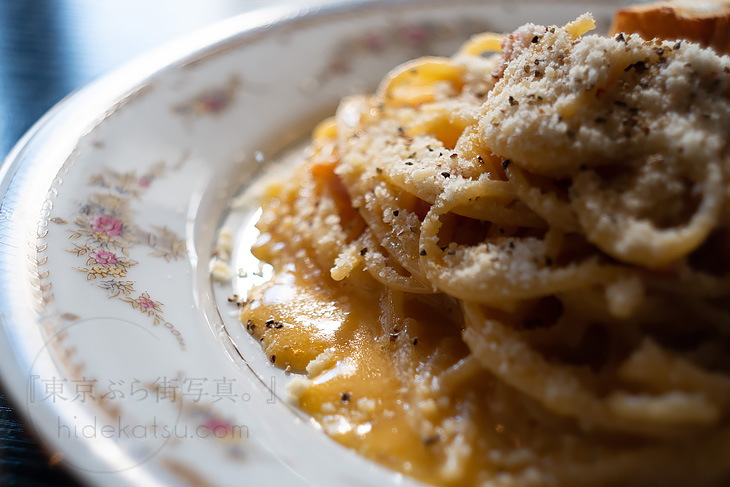24 May 2017神無月
What kind of image is the optical design that has not changed for 40 years? Mir-1 37mm in Hamadayama
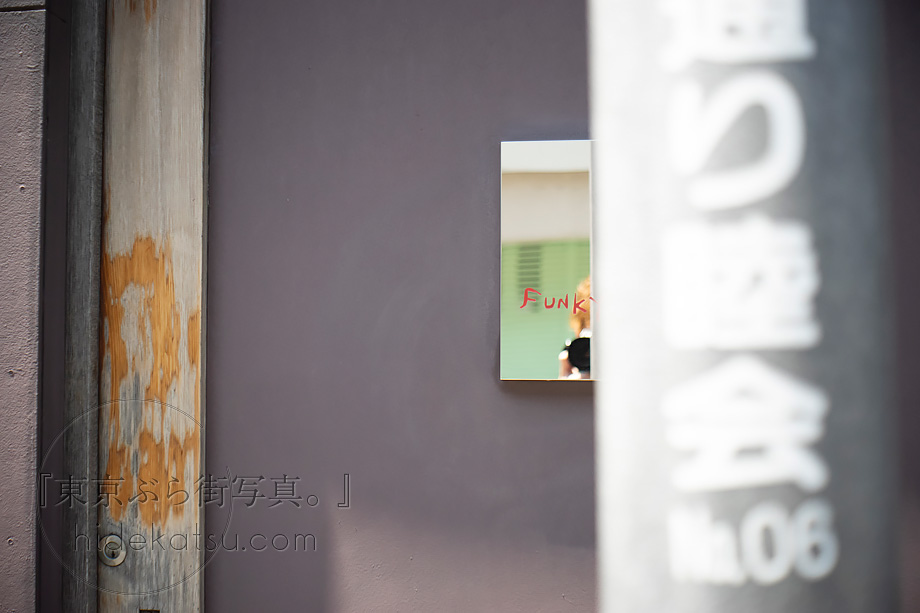
If I bought the final version of Flektogon, I should buy the final version of Mir-1, which is called a copy lens. It is subtle whether it can be called an old lens, but I tried the Mir-1B manufactured in 1992.
About lens
M42 VOMZ Mir-1B 37mm F2.8

The Russian lens Mir-1, which is famous as a copy lens of Carl zeiss jena’s famous Flektogon.
It is a lens that is well known as a lens that goes beyond copying, as it won the award at the World Expo in Brussels in 1958.
Two years ago, I tried the award-winning early version, and it was a good lens that I could enjoy the saturation of a Russian lens.
This time, I will try the final version of the black lens barrel, which has been made for nearly 40 years, in 1992.
In the previous post, I also tried the final version of the original Flektogon, so I would like to compare the changes over time with that Flektogon.
Today’s Agenda
– Try the final version of Mir-1 black lens barrel
– Consider the difference from Flektogon 35mm
– Walk along the Inokashira Line Hamadayama, the station you care about
Bokeh, depiction around the frame, color
I just tried the Flektogon 35mm, so even though it’s a copy lens, I can feel the difference with a straight ball.
It’s a completely different lens.
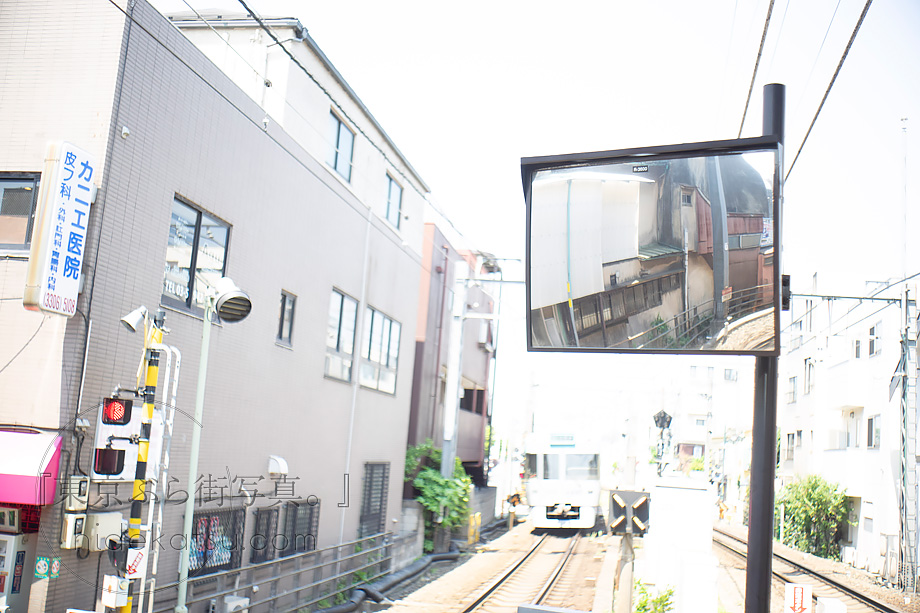
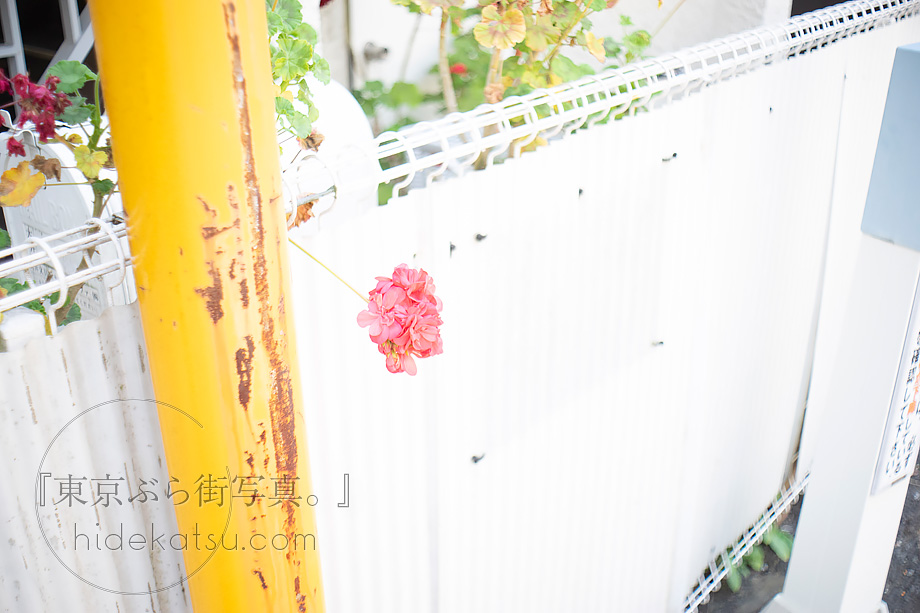
The appearance is different from the silver lens barrel in the early days of Mir-1, but it seems to be almost the same saturation and blur.
From the information obtained from the search, it seems that the contents of the lens have remained almost unchanged for over 40 years, so I think it is a natural depiction.
I feel that the color glue is a little better than the original silver housing.
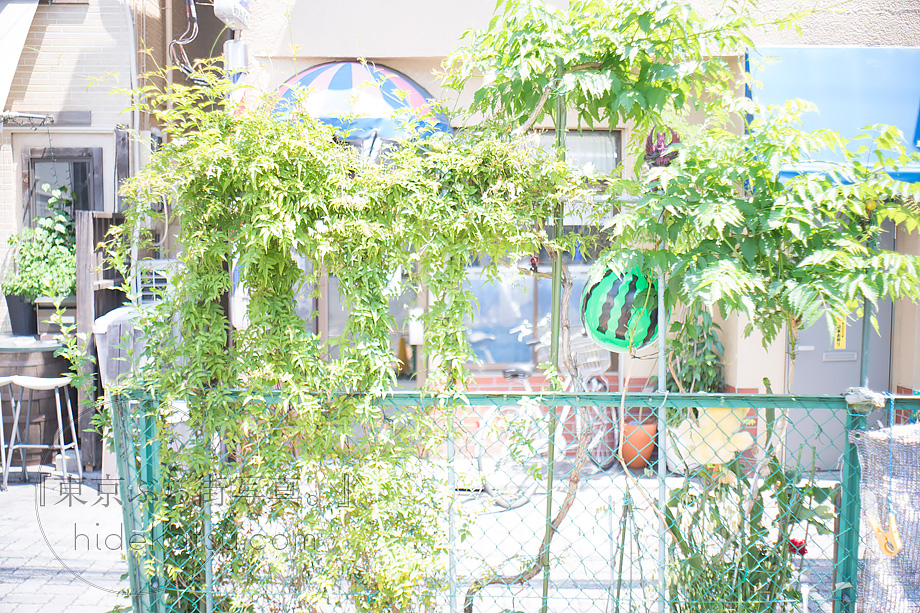
The dark part, which is clearly shallower than the flektogon, is, in other words, a loose depiction, so it is a mistake to try to tighten it, and I think it is a lens that should be shallower and emphasize the sense of saturation.

The shortest shooting distance is 70 cm, which is as far as the original silver lens barrel, so it is impossible to draw with the expectation of blurring, and even if it is blurred, it seems to soften the surroundings.
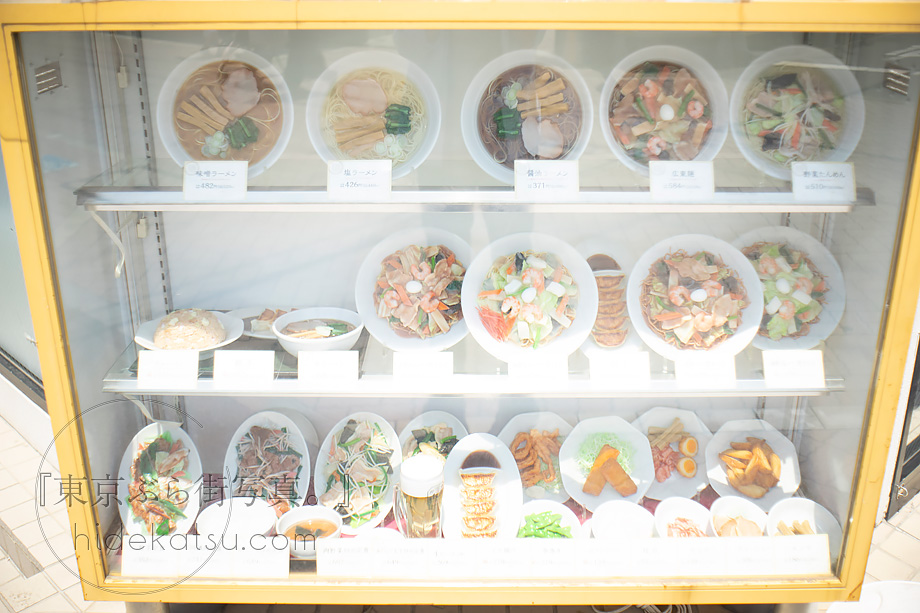
Therefore, I think the most suitable way to shoot is to make it softer overall with the aperture open.
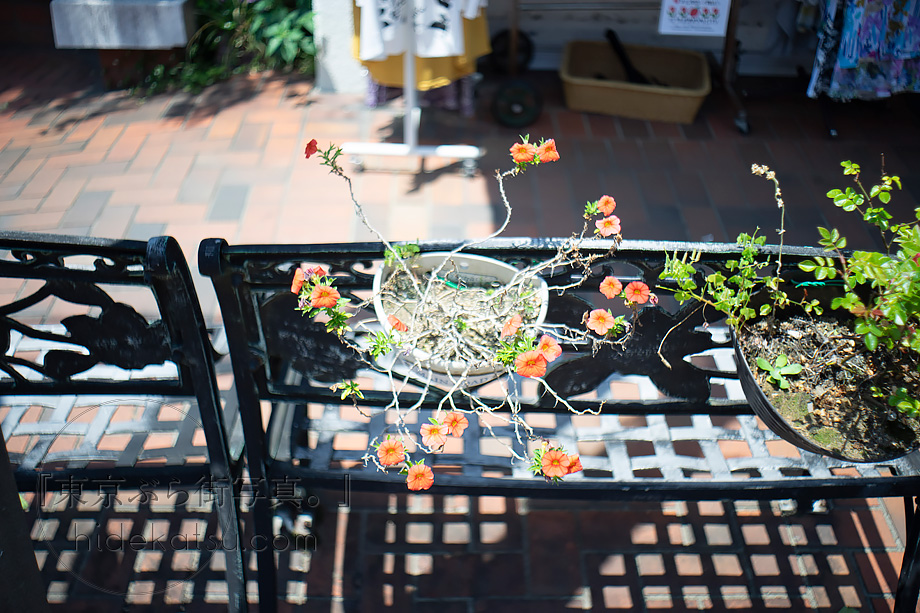
When the aperture is wide open, the focus surface is slightly out of focus due to aberrations, so it is generally considered to be a bad aberration. I think I can do it.

By the way, I’m using a macro helicoid mount here.
The white flowers near the center are due to the effect of the huge vignetting at the four corners increasing the contrast of the surrounding flowers, and the center looks white.
I wonder if the habit of this area is the goodness of old lenses and the taste that should be utilized.

I stopped down to about F4.0, and the focus surface is a little stable, but I wonder if the peripheral light falloff and the blur in the back give a good taste.

The front bokeh is unexpectedly straightforward, and it is easy to use to enhance the elements in the back.
A lens with a short shortest shooting distance may be suitable for this shooting method.
Resolution, sharpness when the aperture is closed, aberration
Mostly F8.0
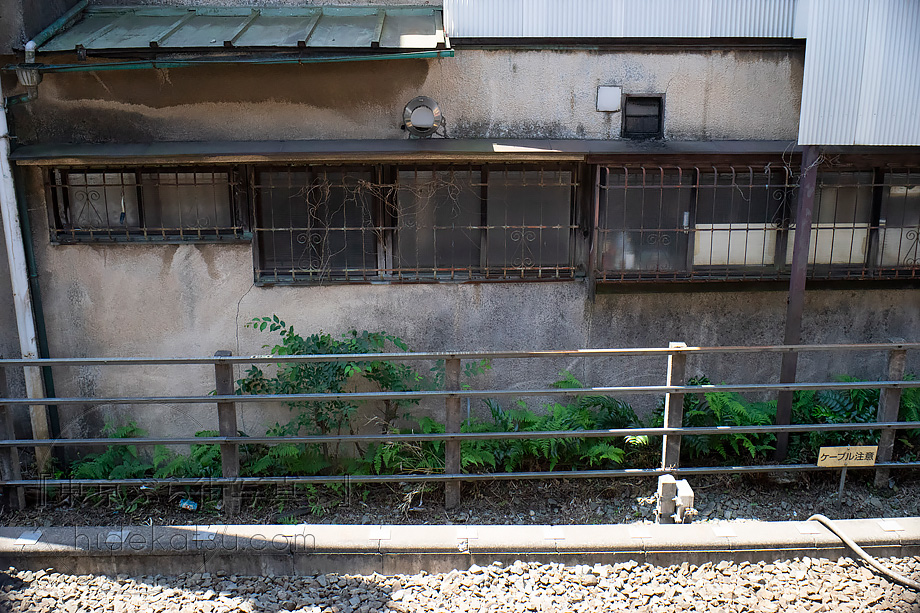
It is a lens that comes out sharp to some extent.
However, if the contrast does not come, it is difficult to see the scenery of the eyes.
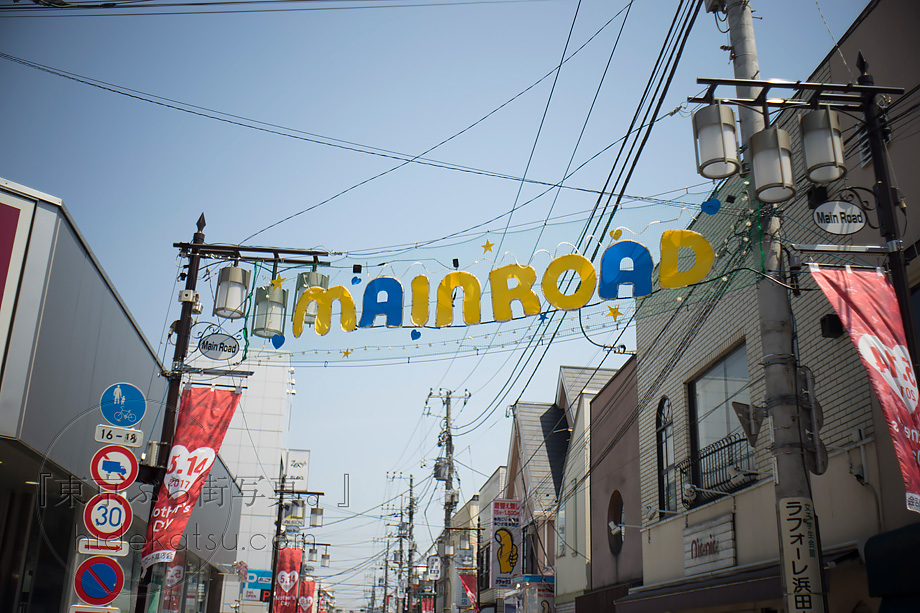
This is near the open area, and the contrast is created by using vignetting at the four corners, but if you use it too much, the photo will become monotonous.

Somehow it looks like Schneider Xenar.
With such a frame, moderate sharpness and low contrast may be just right.
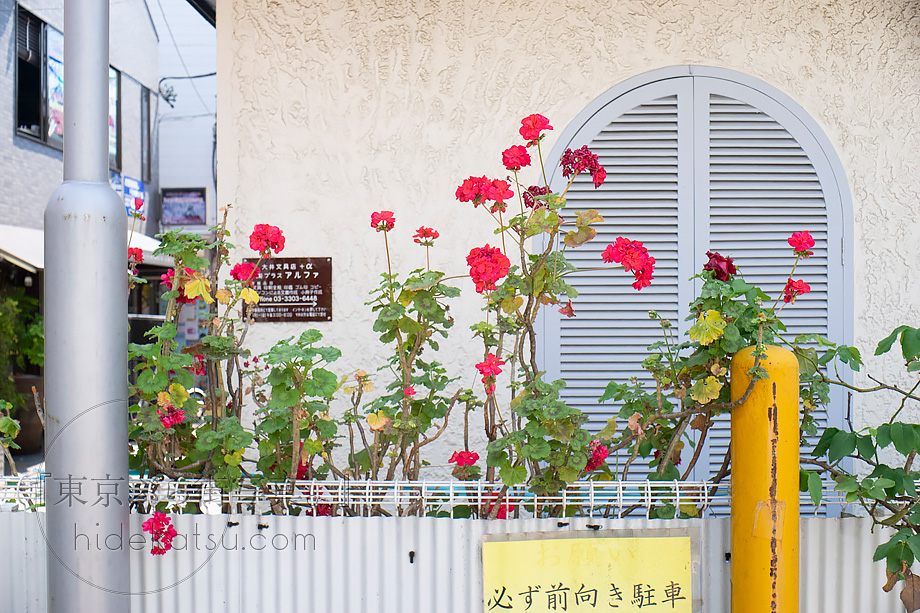
With this, I have the impression that I want you to shake it off a little more.
It feels like the dark part comes out and it becomes tight, or it becomes lighter and becomes saturated.
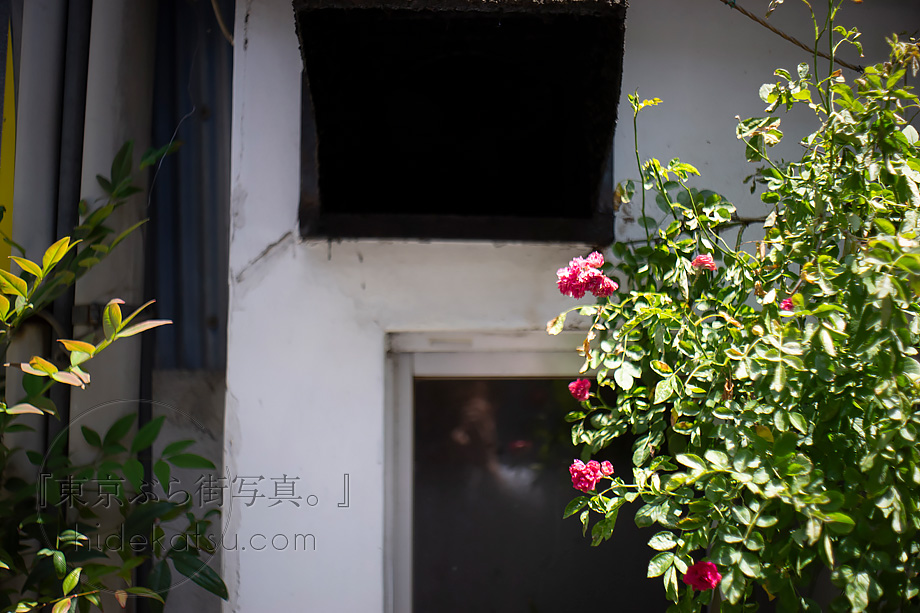
I wonder if the broken flowers feel like Russian lenses or Flektoogn.
This shallow feeling, including the dark part, made me wonder if this is a good feature.
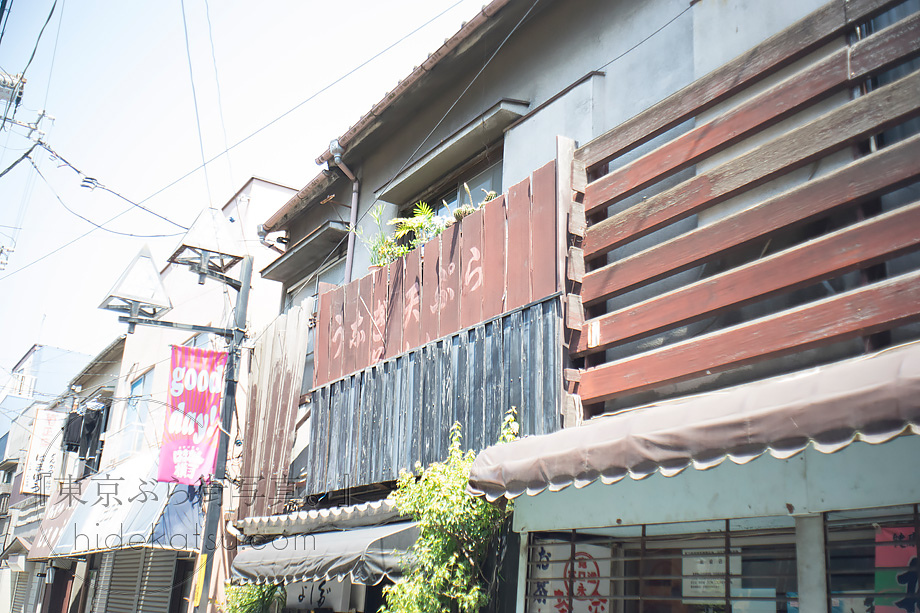
I’m shooting a little overexposed at full aperture, but the focus surface is a little blurry due to the curvature of field.
But I think this lens is good with this.
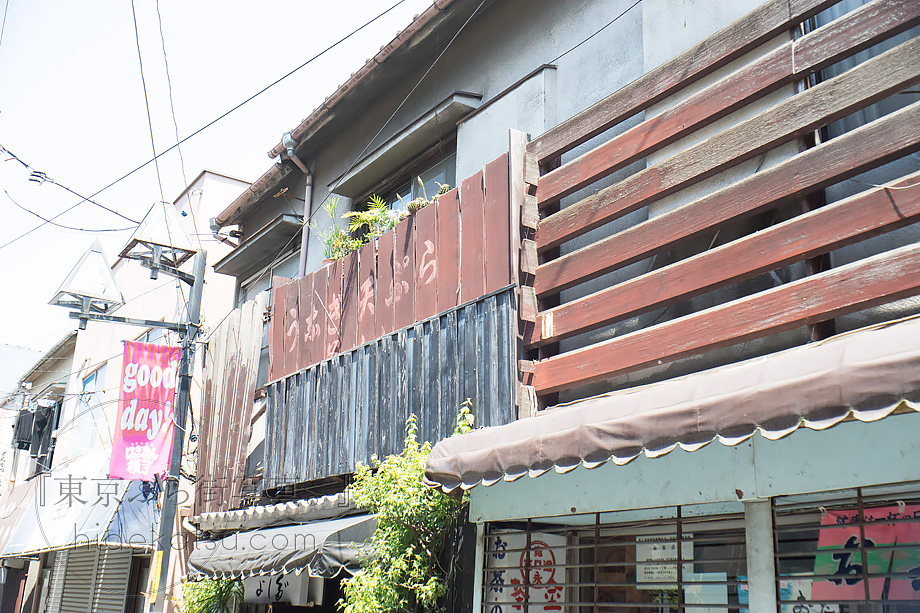
If you stop down to F8.0, the focus surface will be a little clearer, and the peripheral light falloff at the four corners will improve.
However, I think it would be better for a photograph to open the aperture, which seemed to be bankrupt. I think that the taste of this Mir-1 is the above open photo.
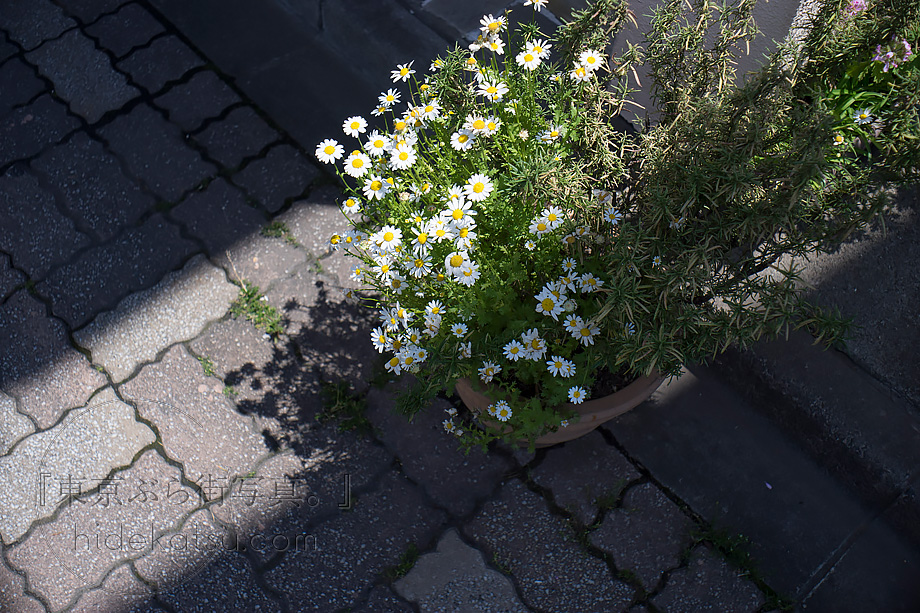
After that, I tried to squeeze the frame, but I still want contrast.

It’s a rough image, but the lenses in this order are such that the dark part of the previous story does not close and the openness seems to be broken.
An old Russian lens that collapses such as a silver lens barrel
↓
A slightly evolved Russian lens from the 80’s and 90’s
↓
German old lenses such as Carl Zeiss from the 50’s and 70’s.
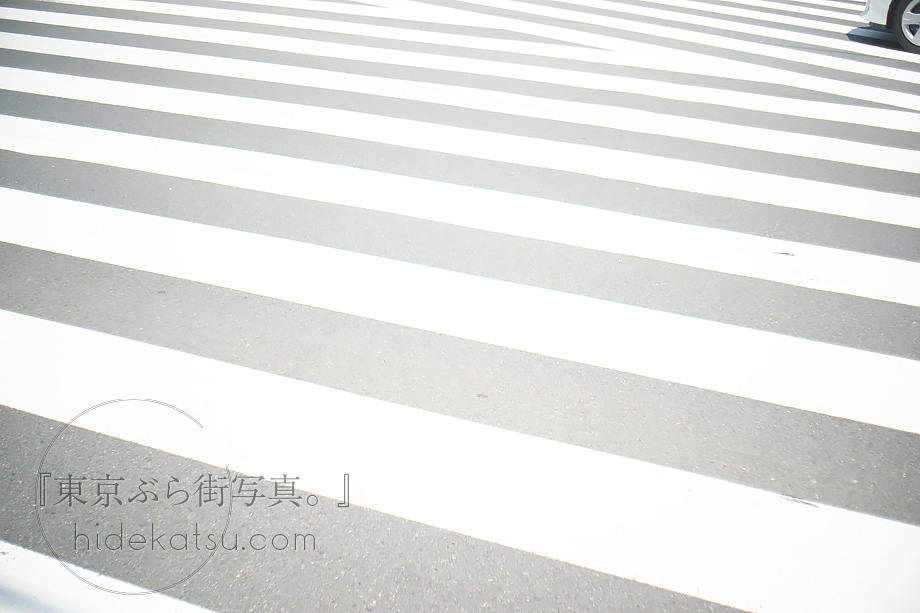
Of course, each lens has its own characteristics, but if you want to shoot crisply without any problems, it’s a modern lens, so I think it’s fun enough to bias the expression with old lenses.
for Purchase
M42 VOMZ Mir-1B 37mm F2.8
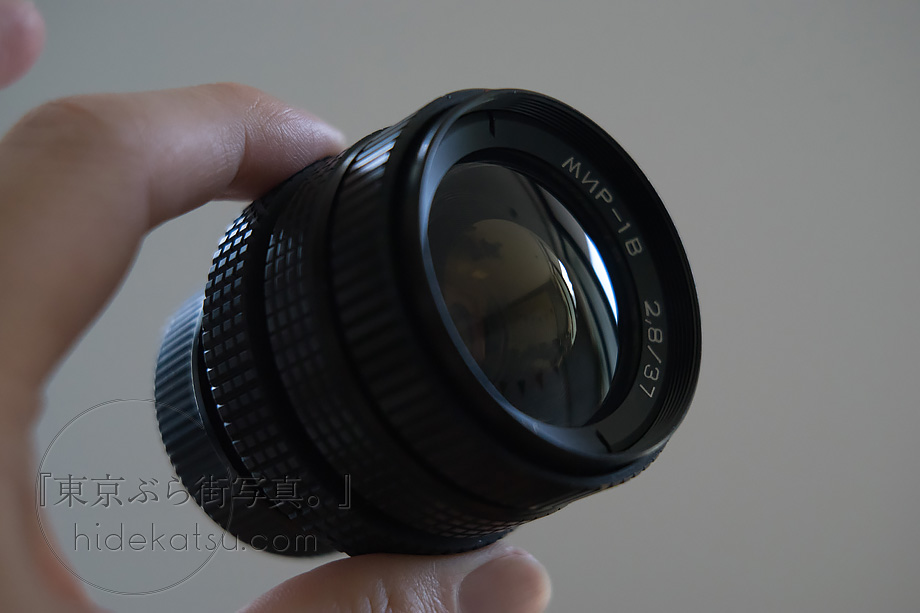
The mount is M42. The first version had to attach something called M39 → M42 step-up ring, but this black lens barrel can be used as it is with M42.
However, like the original version, unfortunately the 5Dmark III interferes with the mirror.
So this time I shot it with the a7.
→ eBay.com’s Mir-1 market
There are a lot of things that seem to be in good condition at a relatively reasonable price.
It seems that there are a lot of Mir-1s of this generation in good condition on the market, so I think it’s a relatively safe lens to buy on eBay.
The original silver lens barrel engraved with “Grand Prix 1958 Brussels” is attractive to the residents of Lens Swamp, but it seems that the number is quite small and the price is about $ 50 higher.
It seems that there are few items in good condition, so I think you should purchase carefully.
Flares, ghosts, halation
Thanks to the 49mm diameter rubber hood I bought last time, there was no scene where I was worried about halation.
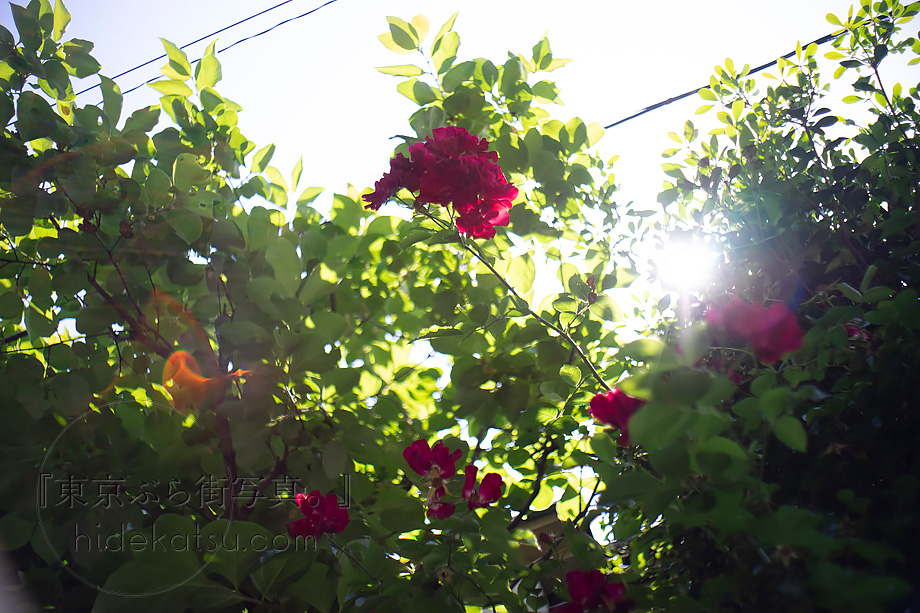
Even a shot forcibly aimed at the sun is about this.
The final generation Mir-1B may have a slightly better coating.
Comparison of aperture and shutter speed
There was a good comparison photo that took advantage of the feeling of saturation at the open, which is the main axis of this post.
F2.0, Shutter speed 1/2000, ISO400

If the aperture is wide open and there is a drop in peripheral illumination, the center will look brighter.
In addition, the focus surface has become a little lighter due to the aberration at full aperture, and the pins around the image have become sweeter in the first place, resulting in a softer depiction as a whole.
F8.0, Shutter speed 1/1000, ISO800
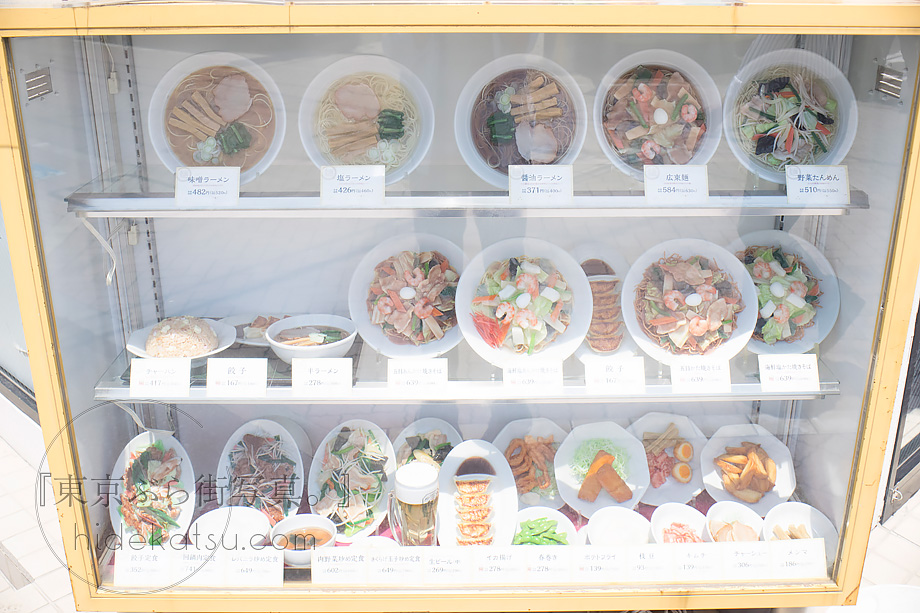
Even if you squeeze it to make the whole thing uniform, the color is on the surface despite the lack of contrast, so it’s another odd feeling.
If the color is shallow like a silver lens barrel, I feel that the film feels like it, but since it doesn’t have that characteristic, I wondered if this lens should be taken according to the habit of opening it.
Where I walked
“Hamadayama” city shooting recommendation ★★★☆☆=3
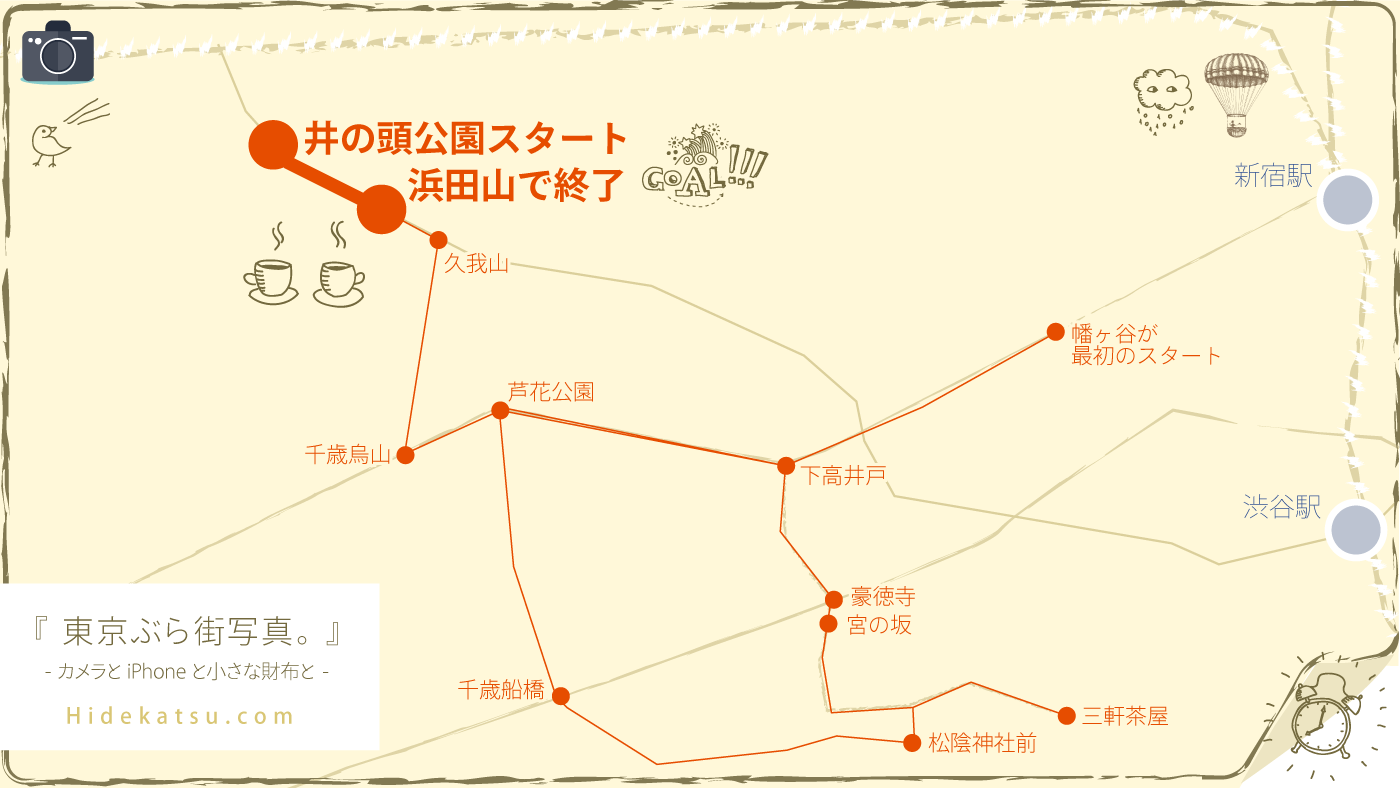
It’s good for weekends when there is no hurry to relax, but I wonder if there are few elements for city photography and city walking.
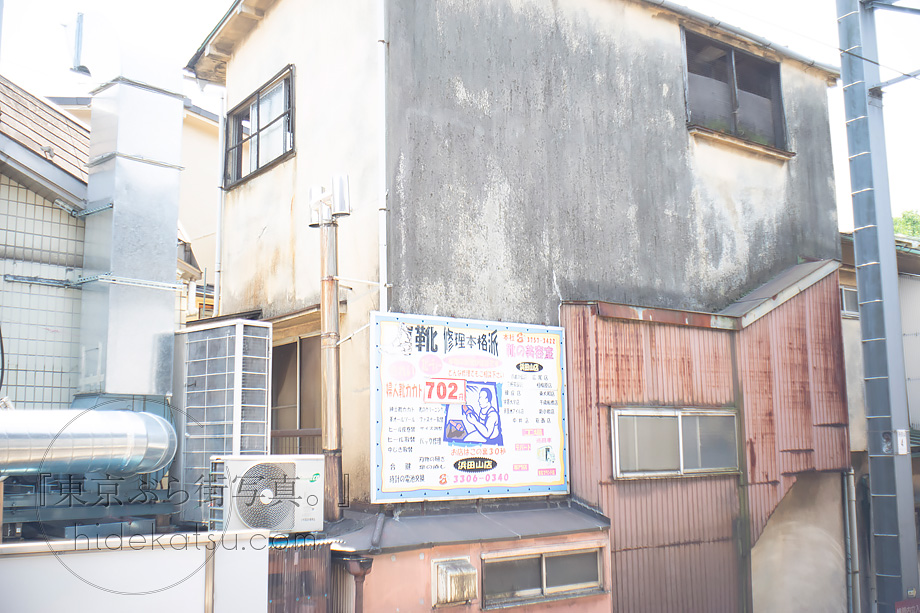
The view from the station is mostly behind the store, and when viewed from the platform, there are many quaint buildings, “I’m sure there is an atmospheric shopping street on the other side,” and I got off at Hamadayama station.
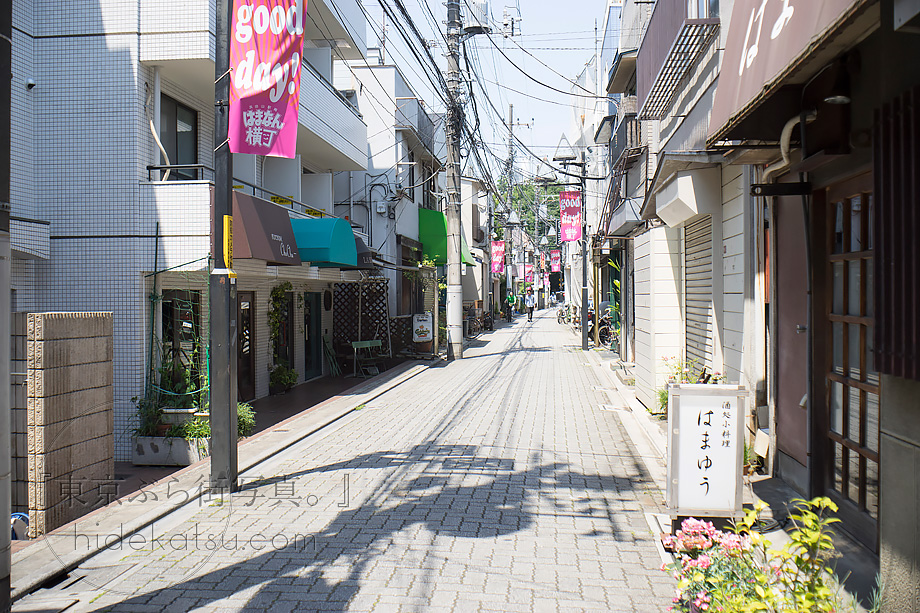
Then, it was a beautiful street with an unexpectedly clean feeling.
Seen from the home, it looked like a densely packed bar with a richer contrast, but it is a relaxed street with a nice breeze.
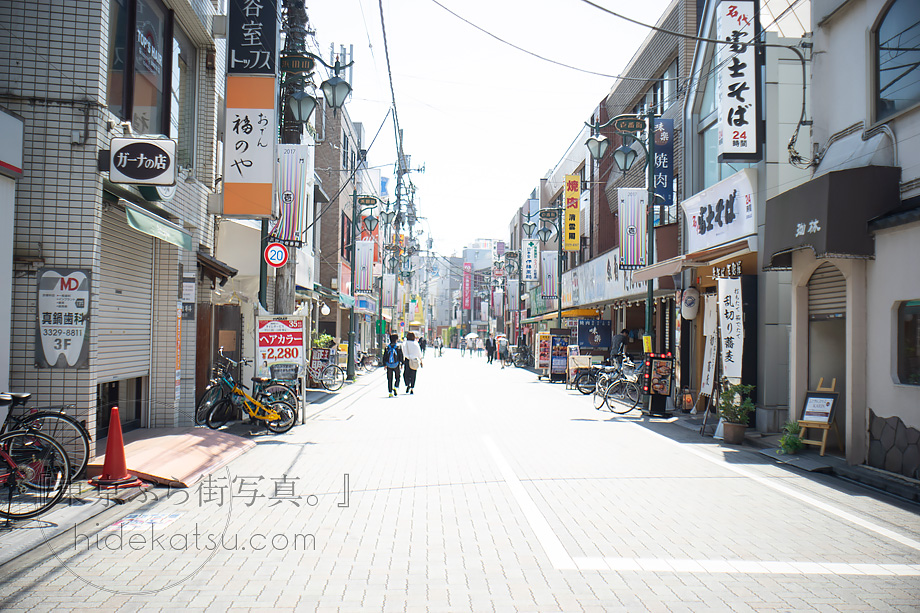
The opposite side of the station is a wide and low landscape, and the street with many shops is a perfect cityscape to stroll around during your holidays.
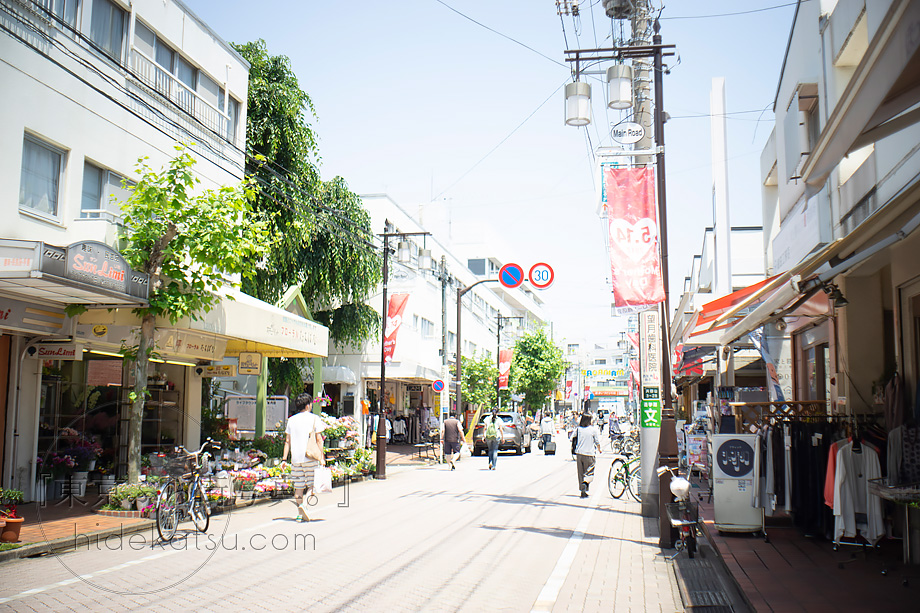
I was wondering if the modern version of Mir-1 would have a strong shade and sharpness, like the late Flectagon, but Mir-1, which remained unchanged in Russia’s slow time, is shown in the figure. It seems that it was a lens suitable for a quiet atmosphere that is perfect for this city.
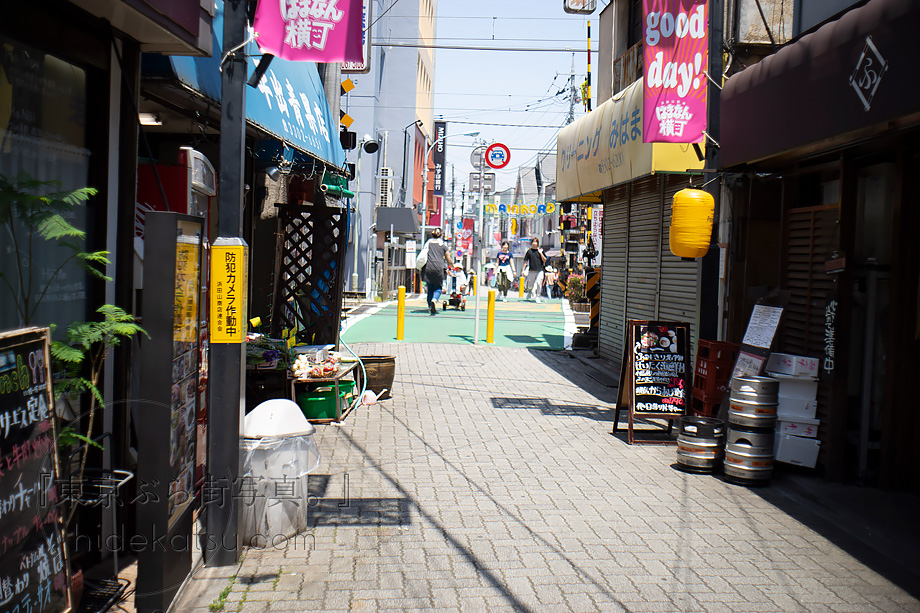
When I was walking around, I felt a little indigestive, saying, “It’s not a snap,” but when I went home and looked at the photos, I regret that this was good.
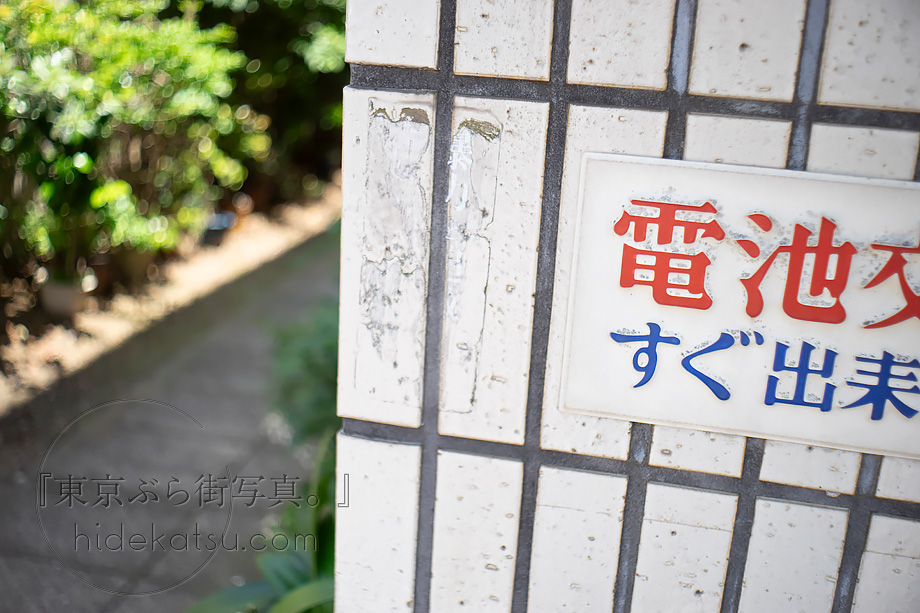
At least when I take out an old lens as a test shot, I wonder if it is necessary to let the lens feel more leaning against the wind.

Once I understand the characteristics of the lens, I wonder if I should use it properly according to the application.
Well, it’s natural.
I tried too many lenses at once for a while, and it was a city walk that reflected on my feelings ahead.
About Camera
SONY α7

Raw development
The development is Adobe Bridge CC 2017, and I want to capture the characteristics of the lens in the photograph, so the adjustment is limited to adjusting the brightness according to the exposure amount.
Camera settings
The aperture is about F2.8 to F8.0, the shutter speed is about 1/400 when the aperture is stopped down to 1/1000, and the ISO is an old lens, so the exposure measurement of the camera is quite ambiguous depending on the aperture. It feels like trying to match.
The white balance was almost “auto”.
supplement
Here is an article about the Mir-1 silver lens barrel that I wrote about a year ago.
Russian White A Semi-Wide Angle Lens Mir-1 37mm F2.8 Is the Exceptional Among Copy Lenses, Especially Its User-Friendliness
Please compare it with this photo.
Similar lens posts

